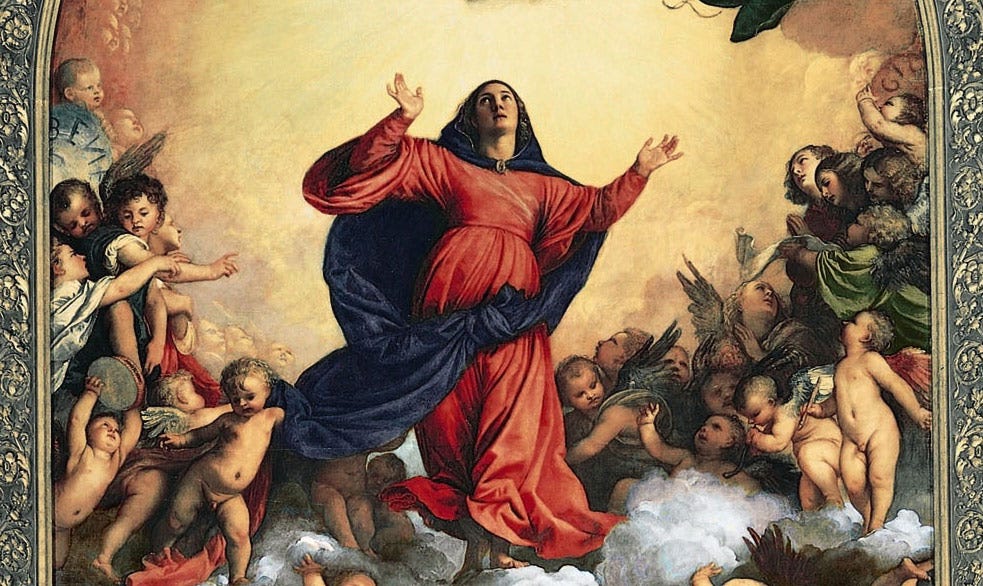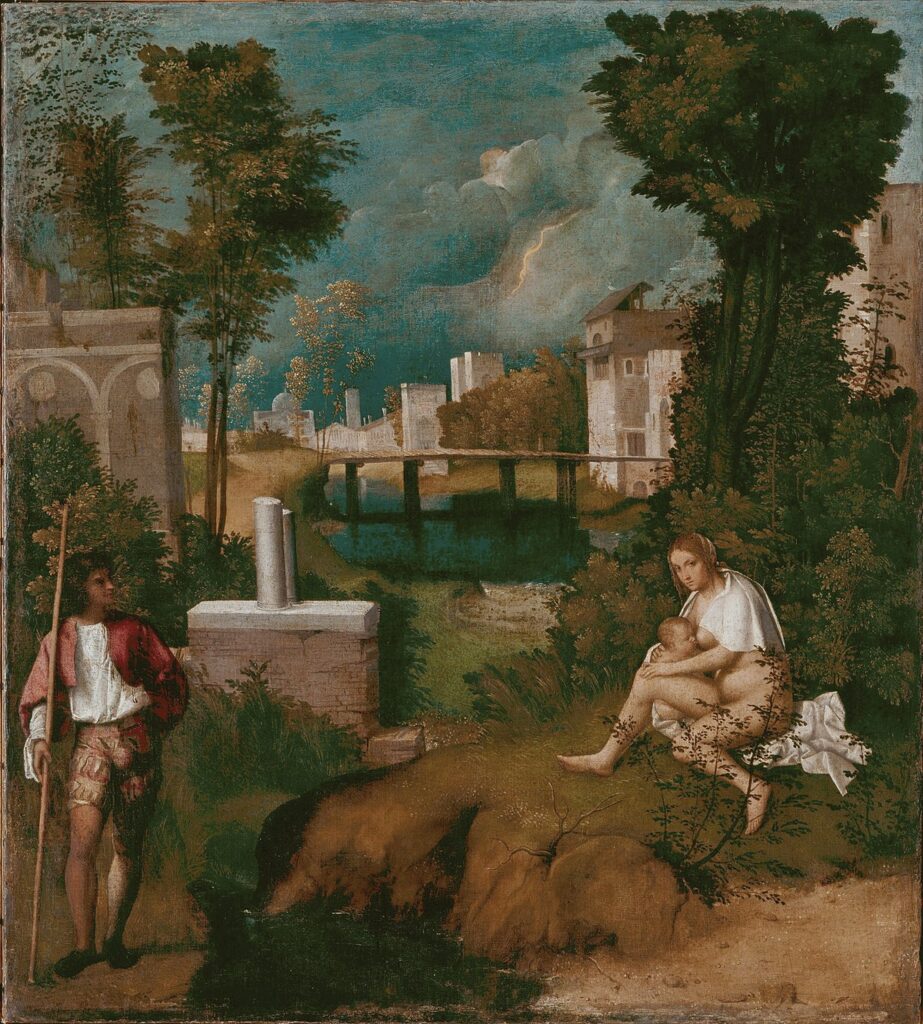During the Renaissance period, which spanned from the 14th century, Europe witnessed a cultural and artistic transformation. This era was characterized by a resurgence of interest in knowledge, scientific inquiry and artistic expression. Within this period numerous talented artists emerged, leaving an enduring impact on the art world. In this article, we will explore the lives and contributions of ten Renaissance artists who achieved greatness through their artistic endeavors.
1. Leonardo da Vinci
Leonardo da Vinci is often revered as the epitome of a Renaissance man due to his contributions across fields such as art, science, anatomy and engineering. His extensive collection of notebooks stands as a testament to his curiosity and innovative mindset. Within the realm of artistry, Leonardo pioneered techniques like sfumato (an ethereal effect) and chiaroscuro (the interplay between light and shadow).

Notable Works
Mona Lisa: Regarded as one of the paintings worldwide, Mona Lisa showcases Leonardo’s mastery in portraiture while capturing subtle expressions with unparalleled finesse.
The Supper: This monumental mural portrays the moment when Jesus reveals that one among his disciples will eventually betray him. Leonardo’s composition and innovative use of perspective within this artwork were truly groundbreaking.
2. Michelangelo Buonarroti
Michelangelo Buonarroti was an artist who excelled in disciplines including sculpting, painting, architecture and poetry. His immense contributions during the High Renaissance in Italy cannot be overstated. Michelangelo’s unique approach to portraying the form and his unwavering commitment to ideals left an indelible mark on Western art.

Notable Works
David: A marble sculpture depicting the hero who triumphed over Goliath. This masterpiece exemplifies Michelangelo’s skill in capturing the intricacies of the body through sculpture.
The Sistine Chapel Ceiling: Michelangelo’s frescoes adorning the ceiling of the Sistine Chapel, his portrayal of God and Adam reaching out to each other, stand as some of Western arts greatest achievements.
3. Raphael
Raphael, celebrated for his compositions and balanced aesthetics, emerged as a figure during the High Renaissance. His work epitomizes gracefulness, clarity and ideal beauty – all elements in shaping art.

Notable Works
The School of Athens: A fresco located in the Vatican that depicts a gathering of philosophers featuring figures like Plato and Aristotle. Raphael’s mastery of perspective and ability to capture expressions make this artwork truly remarkable.
Madonnas: Raphael’s portrayals of the Virgin Mary, such as his piece “Sistine Madonna ” showcase his talent for conveying tenderness and spirituality.
4. Titian
Titian, the painter from Venice, was a trailblazer in utilizing vibrant colors. His artistic contributions greatly influenced the development of the school of painting.

Notable Works
Venus of Urbino: This captivating masterpiece perfectly exemplifies Titian’s mastery in using lively color palettes. The depiction of a reclining figure became a motif in Western art.
Assumption of the Virgin: Housed in the Basilica di Santa Maria Gloriosa dei Frari in Venice, this painting stands as Titians opus showcasing his command over composition and color.
5. Sandro Botticelli
Sandro Botticelli, a figure during the Florentine Renaissance was renowned for his portrayal of mythological subjects. His art reflects Neoplatonic ideals of beauty and proportion.

Notable Works
The Birth of Venus: This painting portrays the goddess Venus emerging from the sea showcasing Botticelli’s expertise in incorporating mythology and his skillful portrayal of idealized beauty.
Primavera: Another creation by Botticelli, Primavera celebrates the arrival of spring through a gathering of mythological figures.
6. Albrecht Dürer
Albrecht Dürer, an artist and theorist, played a role in introducing Italian Renaissance concepts to Northern Europe. He excelled in mediums such as printmaking, painting and theoretical writings.

Notable Works
Melencolia I: This engraving is part of Durer’s series called the Meisterstiche, which showcases his attention to detail and intricate symbolism.
Adam and Eve: Durer’s famous print portrays the couple. Demonstrates his mastery of the woodcut technique as well as his focus on anatomical precision.
7.Donatello
Donatello, a pioneering sculptor from Florence during the Renaissance played a role in reviving classical forms and techniques. His work marked a departure from the style of earlier centuries.

Notable Works
David: Donatello’s bronze statue of David created for the Medici family stands out as a departure from representations. It captures David’s youthfulness and vulnerability in a manner.
Gattamelata: This remarkable equestrian statue depicts Erasmo da Narni, a condottiero ( leader) located in Padua. It exemplifies Donatello’s talent for capturing movement and individual character through sculpture.
8. Giorgione
Giorgione was a painter who played a key role in shaping the Venetian Renaissance. His innovative use of color and atmospheric effects greatly impacted art.

Notable Works
The Tempest: This intriguing painting by Giorgione features a landscape with a woman nursing an infant. The artistic work is widely acclaimed for its ability to create captivating effects and tell stories.
Sleeping Venus: This captivating representation of Venus, at rest exemplifies Giorgione’s talent for capturing emotions.
9. Hieronymus Bosch
Hieronymus Bosch, a painter from the Netherlands is famous for his often unsettling portrayals. His artworks are characterized by details and moralistic themes leaving a lasting impact on the art of the Northern Renaissance.

Notable Works
The Garden of Earthly Delights: Considered Bosch’s masterpiece, this triptych showcases a surreal and extraordinary landscape filled with peculiar creatures and symbolic imagery.
The Last Judgment: Bosch’s depiction of the Judgment presents a nightmarish vision of the afterlife displaying his distinctive imagination and symbolic language.
10. Hans Holbein the Younger
Hans Holbein the Younger, an artist hailing from Germany and Switzerland had a knack for creating lifelike portraits. His involvement in the court of Henry VIII in England left a mark on his career. The attention to detail in his works truly exemplifies the art of the Northern Renaissance.

Notable Works
The Ambassadors: A portrait that showcases two ambassadors, this masterpiece brilliantly displays Holbein’s extraordinary ability to capture intricate details with astonishing realism.
Portrait of Henry VIII: Holbein’s depictions of King Henry VIII are widely acclaimed for their portrayal of the commanding presence and unique personality of this Tudor monarch.
Frequently Asked Questions
Who were the 3 greatest Renaissance artists?
The era known as the High Renaissance was dominated by three great masters: Raphael, Michelangelo, and Leonardo da Vinci.
Who is considered the father of the Great Renaissance painters?
Masaccio was the father of Renaissance art. Masaccio is recognised as a key character in the Renaissance era due to the intellectuality of his ideas, the monumentality of his compositions, and the high level of naturalism in his creations.
Conclusion
In conclusion these ten distinguished artists from the Renaissance period have left a legacy through their contributions, in painting, sculpture and printmaking. Their works continue to inspire and captivate art enthusiasts worldwide by reflecting humanism, innovation and the revival of ideals that define this era.













